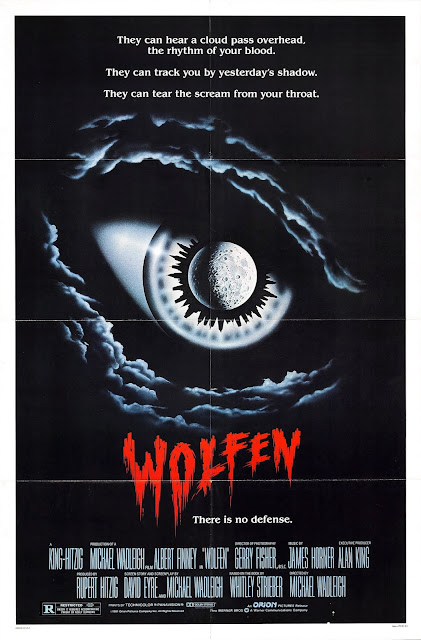The Bonfire Of The Vanities (1990) ***

I've never read Tom Wolfe 's 1987 book The Bonfire Of The Vanities , but Brian De Palm a's 1990 film is well-known as a commercial and critical bomb, as well as failing to capture the essence of the novel. I only saw the film for the first time 3 years ago and with both viewings, I can agree that something feels missing, but I also don't think the film is "bad". In fact, sadly, it's still a relevant portrayal of America's (and WASP s', in particular) views and behaviors when it comes to politics, class, greed, and racism. It's a bit like the subdued 90s version of The Wolf Of Wall Street (2013). You can find my Brian De Palma Feature Films Ranked list here .



























